With the rapid development of the national economy, AC motors have played an extremely important role in industrial production. As the main motor in various industries, AC motors are used more widely. As we all know, the AC motor starting at full pressure, starting current reaches 5-7 times the rated current, will cause impact on the power grid; starting torque is about 2 times the rated torque, aggravated mechanical structure wear. In order to solve the starting problem of the AC motor, a soft starter is usually used to perform the soft start.
The current monitoring of soft starters is generally performed by their own independent monitoring units, which does not allow full control and monitoring of the entire system. Therefore, it is very necessary to establish a data communication system to connect the soft start monitoring nodes and form a complete monitoring network.
Relative to rs-485/'target='_blank'>RS-485 and other communication standards, the CAN (Controller Area Network) bus has been applied in many fields with many advantages. The CAN bus is a multi-master LAN introduced by Bosch in Germany in the early 1980s. The CAN communication network is a fully distributed, fully digital, intelligent bi-directional, multi-variable, multi-point, multi-station distributed communication system. High reliability, good stability, strong anti-interference ability, communication speed block, low cost and many other advantages. The CAN bus is a communication method that is very suitable for the harsh environment of industrial sites. This article introduces a CAN bus based AC motor soft start communication system.
CAN communication system structureThe AC motor soft-start communication system is controlled by an industrial computer as the monitoring host. The industrial control computer is connected to the CAN bus through the CAN bus interface. Each node is an AC motor soft starter controlled by a single-chip microcomputer and capable of receiving and sending CAN bus data. The system structure is shown in Figure 1.
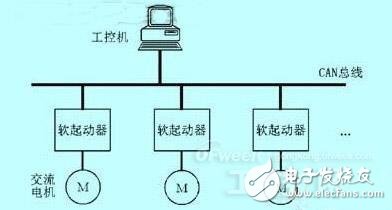
Fig. 1 Block diagram of communication system
Various parts of the communication system provide different functions. Among them, the IPC controls the working status of the AC motor soft starter, such as soft start, soft stop, etc., and displays various parameters of the soft start such as starting voltage and starting current. The soft starter controls the AC motor soft start according to the IPC command, and collects the motor starting current, voltage and other parameters, and sends it to the IPC through the CAN bus.
CAN communication protocolIn this communication system, the length of data transmitted is not fixed. The control command issued by the IPC to the soft starter is only a few bytes, and the soft start real-time data uploaded by the soft starter to the IPC generally has several tens of bytes. Therefore, the CAN communication protocol needs to have a large amount of data transmission capacity, but also fast and efficient. Since the CAN communication adopts a short frame structure, the effective data length of each frame is at most 8 bytes. When the amount of data to be transmitted is large, the data must be split into multiple frames for transmission. If all the information and data are placed in the 8-byte data field, there will be less effective data in the transmission frame and more communication information, which will reduce the communication efficiency of the CAN bus. Therefore, this paper uses the method of using the arbitration field in the message identifier to contain the communication control information, and the data field contains the actual data to improve the communication efficiency.
In this system, CAN communication adopts the extended frame with 29-bit message identifier in the CAN2.0B standard. The message identifier contains the emergency marker, destination address, source address, frame type, and frame number. The format is shown in Table 1.

There is only one emergency mark, which is used to mark the priority of the current frame. For general information, this bit is set to 1. For emergency information (such as three-phase voltage imbalance, overcurrent, soft starter component failure, etc.) 0, so that it has a high priority, as soon as possible to the destination.
A total of 7 destination addresses indicate the destination to which the frame is to be reached, which may be a specific address or a broadcast address (mainly used for IPC to send data to each soft starter in broadcast mode, such as time-to-hour data, etc.) .
A total of 7 source addresses indicate the source address of the frame.
There are four frame types, indicating the type of the frame, such as IPC control commands, soft start real-time data, and so on.
A total of 8 frame numbers are used to mark the sequence number of the frame in multi-frame transmission.
Each CAN communication node has a unique address number, and the address number is represented by a 7-bit binary number. Among them, the address with the highest priority is assigned to the IPC, the address with the lowest priority is used as the destination address of the broadcasting mode, and other addresses are sequentially assigned to the respective soft starters.
The CAN node uses double filtering to obtain the information required by this node. Both filters use 7-bit valid data, corresponding to the node address and the address in broadcast mode. In this way, only the frames and broadcast frames destined for the node can enter the application layer for processing. Other irrelevant communication contents are filtered out, which improves the system operating efficiency.
The control command of the IPC to the soft starter is represented by the corresponding control command code. The main control commands are: soft start start/stop, soft stop start/stop, start mode (step, pulse skip, constant flow) settings, start time settings, etc. Some control commands have related parameters, such as the length of time in the start time command. Control command codes and command parameters are stored in the data field.
Soft starter CAN communication hardware design
Soft starter CAN communication consists of P89V51RD2 microcontroller, CAN controller SJA1000, CAN bus transceiver PCA82C250 and optocoupler 6N137 components, the circuit shown in Figure 2.
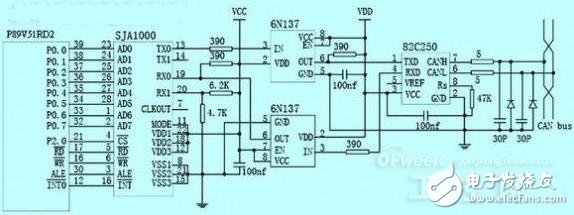
Figure 2 soft starter CAN communication circuit schematic
The SJA1000 is a standalone CAN controller with two working modes, BasicCAN and PeliCAN. The PeliCAN operating mode supports the CAN 2.0B protocol with many new features. PCA82C250 is a bus transceiver. The main function is to increase the communication distance, improve the system's instantaneous anti-jamming capability, protect the bus, and achieve thermal protection. In order to enhance the CAN bus node's anti-jamming capability, the SJA1000 is connected to the PCA82C250 through a high-speed optocoupler 6N137. This achieves a good electrical isolation between the CAN nodes on the bus. The two sides of the optocoupler are completely electrically isolated. The isolated power supply is provided by the low-power isolation module B0505.
Soft starter CAN communication program designAfter the soft starter is powered on, the self-test is performed first. After the completion of the self-test, the self-test result is sent to the industrial control unit. If the self-test is successful, the industrial control unit sends the soft starter initialization parameters and the “Allow start†command to the soft starter, and the motor starts to soften. In the soft start process, the soft starter sends a soft start data every 100ms, including three-phase voltage, three-phase current, motor speed, etc.; After the motor is completed, the IPC sends a “soft stop start†command. The soft starter Begin to control the soft stop of the motor; when the soft starter fails, the industrial control machine will receive a fault alarm signal and display the cause of the fault.
Soft starter CAN communication program mainly includes three parts: Initialization of CAN node, sending of message and receiving of message. Among them, the initialization of the CAN node is the key, and the correct initialization guarantees the normal operation of sending and receiving the message. CAN initialization program flow shown in Figure 3.
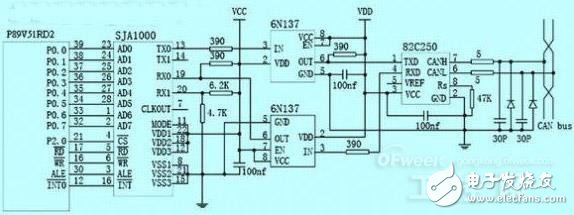
Figure 3 CAN initialization program flow chart
When the message is sent, only the data to be sent is combined into a frame message in accordance with the communication protocol, sent to the sending buffer, and then the transmission can be started. The program flow chart shown in Figure 4.
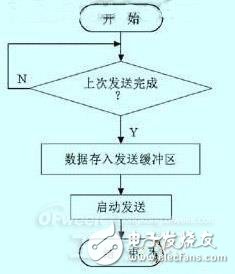
Figure 4 CAN message transmission program flow chart
In the process of receiving a message, first of all, it is necessary to perform judgment processing such as bus disconnection, error alarm, etc., and then read the data in the buffer, finally release the buffer and related registers, complete the reception and transfer to the data processing program. The program flow chart shown in Figure 5.
![]()
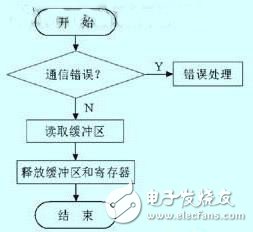
Figure 5 CAN message receiving program flow chart
6 ConclusionThis paper designs a reliable and efficient AC motor soft start communication system. Using CAN bus technology, it realizes remote control and monitoring of the motor soft start. The system has been successfully applied to the motor soft start system of a pump station. Practice has proved that the system has strong anti-interference ability, good real-time performance, stable operation, and meets the design requirements.
400W 20-port USB 4*C+16*A port charger, support PD QC2.0 QC3.0 support 5V\9V/12V free transform.fo apple, Android,ipad.
Type C Fast Charger 20 Port 400W 4A USB PD Charger Adapter Type C Quick Charging For iPhone Samsung EU UK Plug.
20 ports USB charger is portable and includes 4 USB Type-C ports and 16 USB Type-A ports. The USB-A ports have a Maximum of 2.4A with a Maximum of 3A for the USB-C ports. This USB C and A combo charger is versatile accepting both USB C and USB-A dependent devices. All ports can be used simultaneously with its built-in Smart IC chip power detection of low and high power requirements.
USB 20 Port Charger 400W supplies a 2.4A charging current for iPads, Tablet PC`s, Samsung Tablets, or other with dedicating two additional USB ports for charging 1A devices such as, iPhone, Nexus, or Windows Phones.
20 Port Type-C Charger,Type C Fast Charger 20 Port,20 Ports 4PD+16QC Charger(400W),400W with 4 USB-C and 16 USB-A Ports
shenzhen ns-idae technology co.,ltd , https://www.best-charger.com